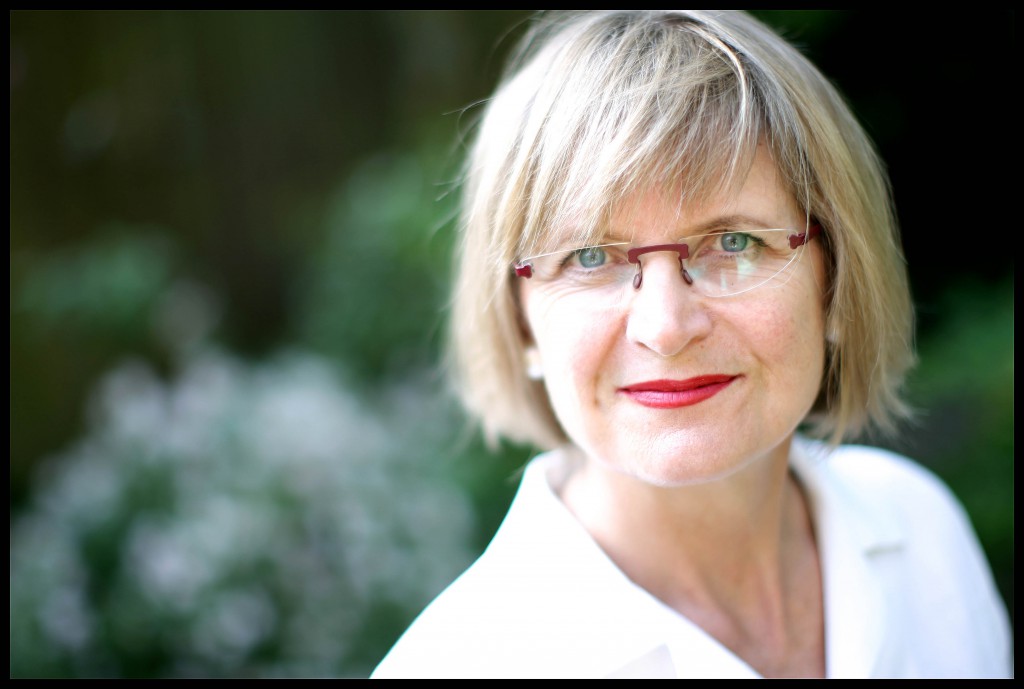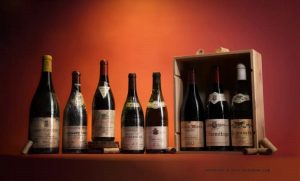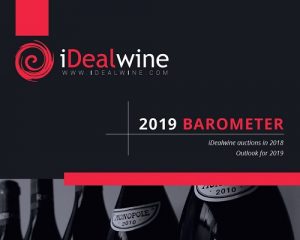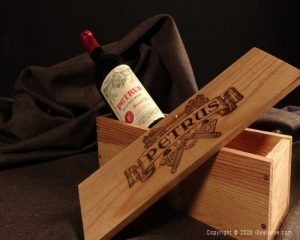Last week, the famous wine critic Jancis Robinson published an article on her website in which she analyses the evolution of wine and viticulture around the world since 1985.
Some of the factors that emerged from this analysis include the globalisation of the wine trade, “francisation” of grapes around the world, the emergence of New World wines, the globalisation of tastes and wines, and finally, in a kind of countermovement, the promotion of identity and uniqueness of terroir.
In 1985, Australia exported only 2% of its wine production (compared to 60% today). This country, like other New World producers, began to replace its traditional grapes with French varieties, such as Chardonnay, then very popular and relatively rare, trying to reproduce the white wines of Burgundy.
In 1991, the 60 Minutes news programme of the US television network CBS News showed for the first time the “French paradox,” which in turn drew the attention to red wine and particularly another French grape, this time from Bordeaux: Cabernet Sauvignon. As a result, indigenous grape varieties were massively abandoned in favour of French varieties. This was the case with Zinfandel in California, Shiraz in Australia and Sangiovese in Italy… So much so that by the mid-1990s, the trend seemed to indicate the emergence of a new “world vineyard”, sharing Chardonnay, Cabernet Sauvignon, Merlot and more.
Chardonnay in particular caused a global craze – its affinity for French oak spread among the majority of growers around the world, with the white wines of Burgundy and the reds of Bordeaux acting as a model. The result? More heavily wooded wines all around.
The “Judgement of Paris”, organised by Steven Spurrier in 1976, showed the supremacy of Californian wines over French wines and inspired many more comparative tastings. Wines of the New World became liked for many different reasons: their greater power, being produced in sunny areas; the use of the grape varieties’ names (making it much easier); no technical defects of the wines; and winemakers receiving good scientific training.
In the early 1980s, former lawyer Robert Parker made a splash in the wine world by introducing the principle of scoring out of 100, with his scores becoming one of the major worldwide marketing tools. Although the facts are denied by the person concerned, many will agree that this “Parkerisation” made wines evolve evenly towards riper styles, with fairly high alcohol levels and wood influence (lots of new oak), although the ‘recipe’ for a good Parker wine remains more complex than that. Wines from Bordeaux and the rest of the world followed this trend, producing powerful wines that gradually erased the regional characteristics.
However, in recent years and as a response to this trend of standardisation of wine, a kind of countermovement arose, advocating minimum cellar interventions, much less use of new oak, the promotion of little known and forgotten indigenous grape varieties, natural wines and minimal chemical. Many of these factors resulted in wines from organic and biodynamic agriculture experiencing very strong growth over the past dozen years.
Translated from the French blog article and adapted from the original article on jancisrobinson.com.
Access the current iDealwine sales
Search the price of a wine
Visit iDealwine.com




